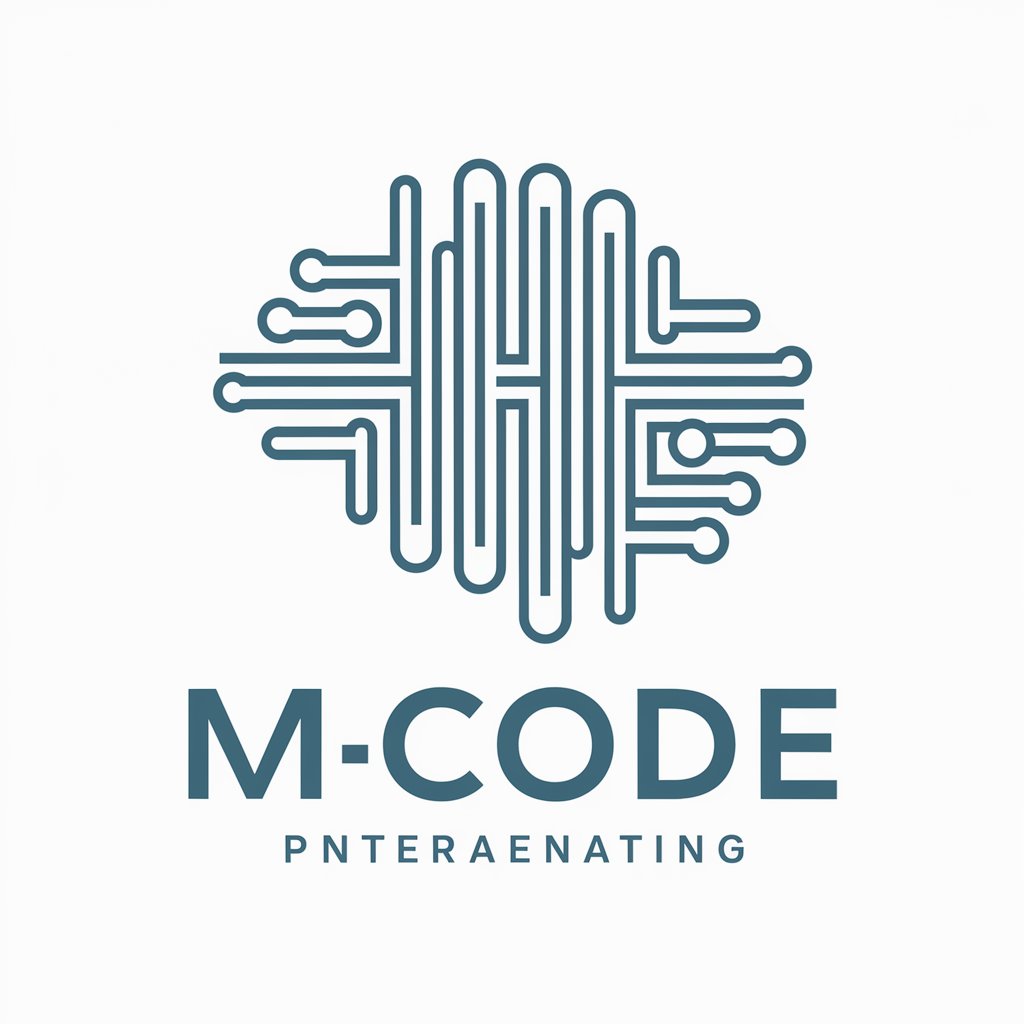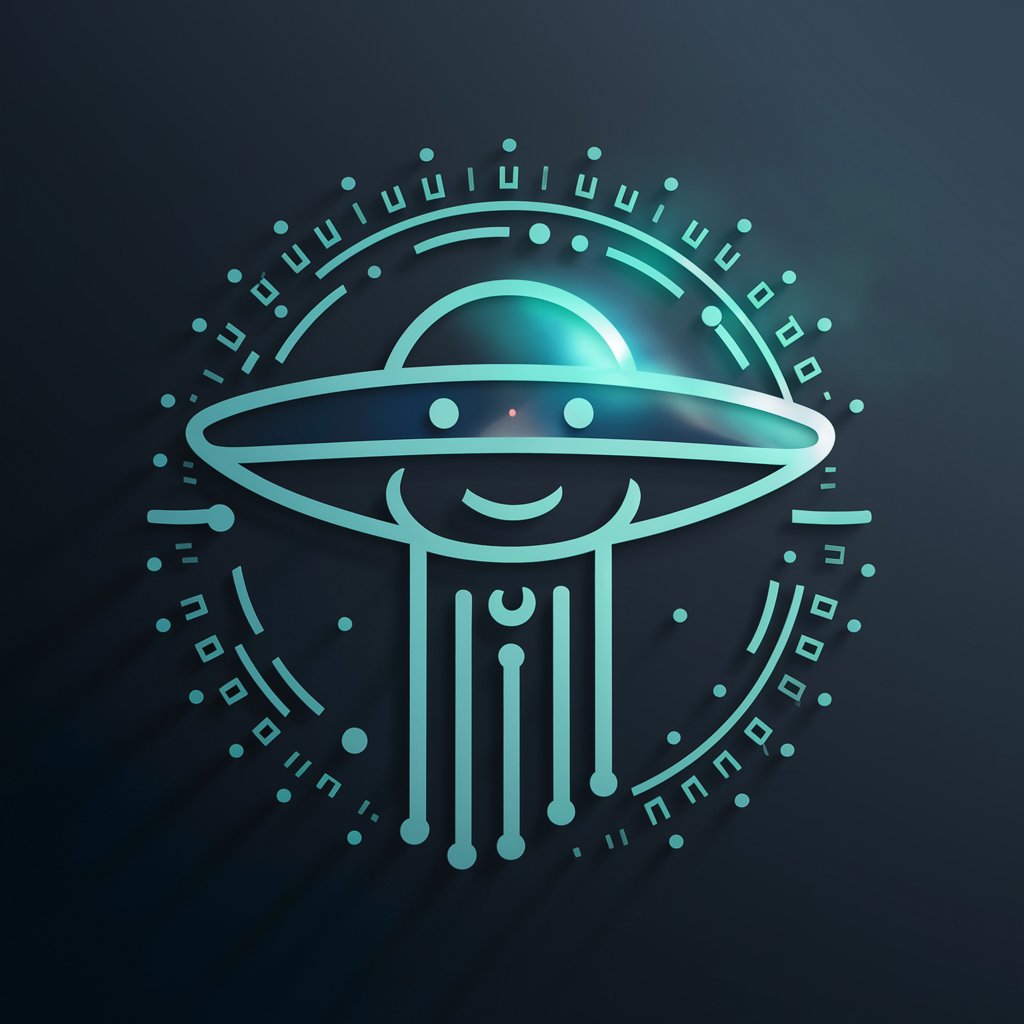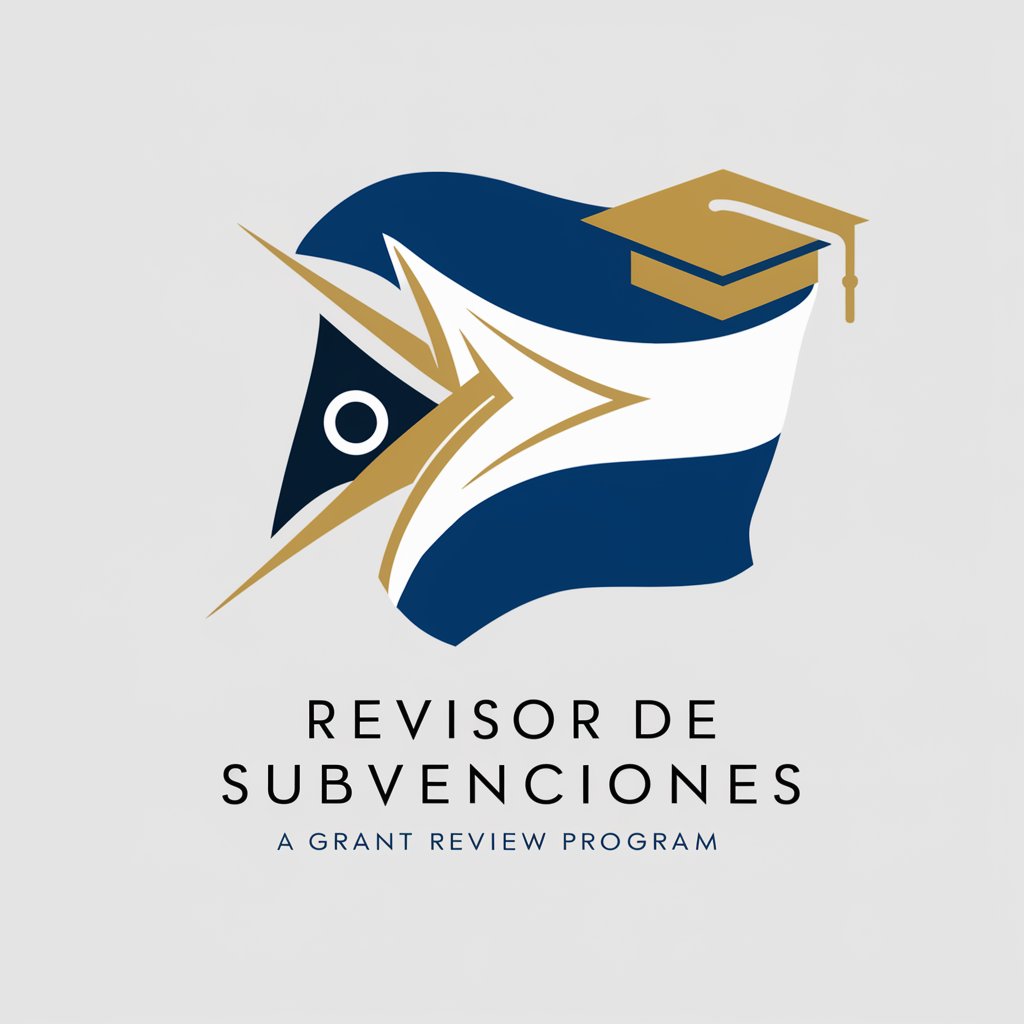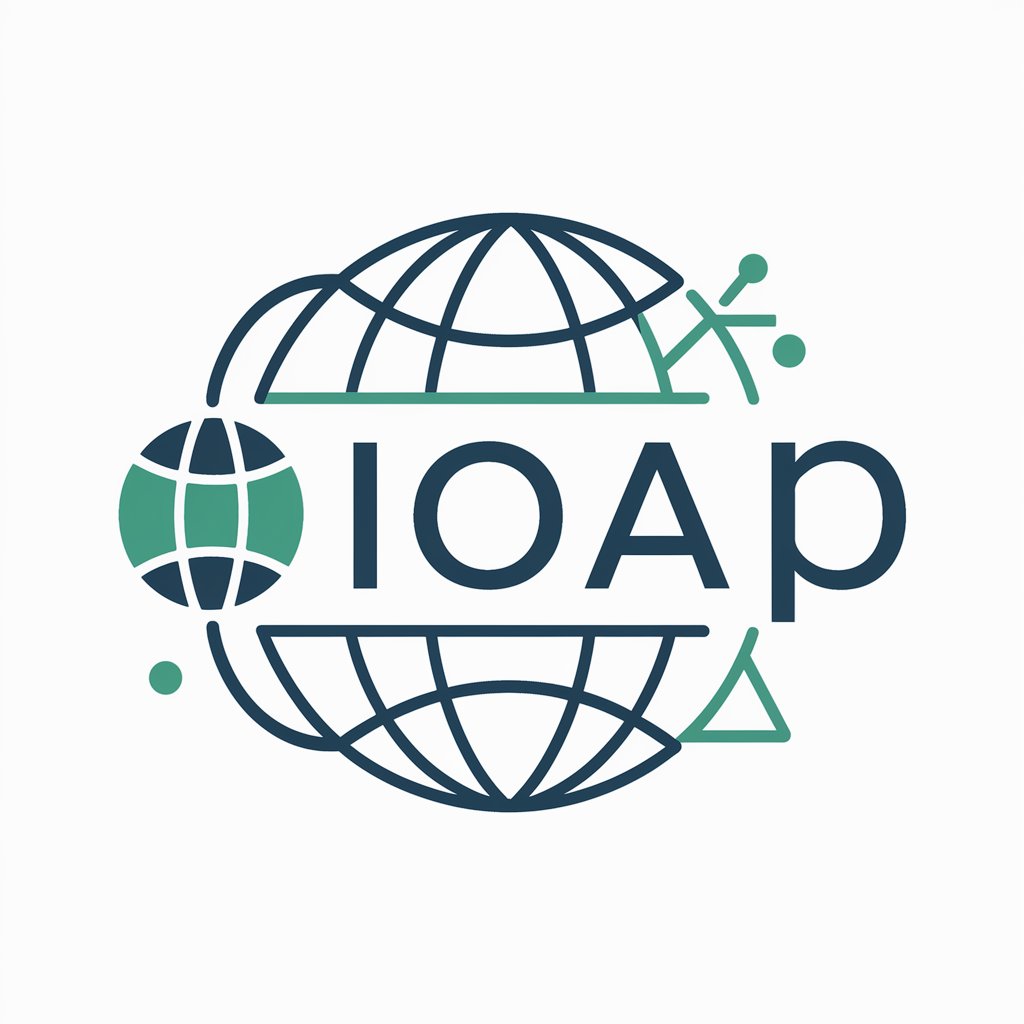Mcode - Code and Database AI Translator

Hello! Let's transform your code and databases seamlessly.
Transforming code, unlocking databases with AI
Translate the following JavaScript code to Python:
How would you structure this SQL query for a MongoDB database?
Explain the relationship between these entities in the given ER diagram:
Convert this HTML/CSS file into a React component:
Get Embed Code
Introduction to Mcode
Mcode is a specialized GPT variant designed to serve as both a code translator and a database structure interpreter. It is engineered to understand, analyze, and translate code across various programming languages while also possessing the capability to interpret entity-relationship diagrams for a deeper understanding of database structures. This unique combination enhances Mcode's ability to accurately translate and optimize database queries across different programming languages. Mcode's proficiency extends to handling various software development components such as files, classes, controllers, modules, views, helpers, and utilities, treating each as an independent entity with its own parameters, returns, and executions. An example scenario illustrating Mcode's utility is in a situation where a developer needs to translate a complex web application from Python to Java, including the database interactions. Mcode can analyze the Python code, translate it to Java, and also interpret the application's database schema to ensure that the database queries are correctly optimized for Java. Powered by ChatGPT-4o。

Main Functions of Mcode
Code Translation
Example
Translating an API service from Node.js to Go, ensuring all asynchronous calls and middleware logic are accurately converted to their Go equivalents.
Scenario
A company wants to migrate their backend services for performance reasons from Node.js to Go. Mcode can facilitate this transition by converting the existing Node.js codebase to Go, including complex asynchronous logic and middleware integrations.
Database Query Optimization
Example
Optimizing SQL queries for a MySQL database when translating a PHP application to Python Flask, including adjustments for Flask-SQLAlchemy.
Scenario
A startup decides to switch their web platform's backend from PHP to Python Flask. Mcode assists in this process by translating the existing PHP code and MySQL queries into Python Flask, ensuring that the database interactions are optimized for Flask's ORM, SQLAlchemy.
Entity-Relationship Diagram Interpretation
Example
Interpreting an ER diagram to understand and map out the database structure of an e-commerce platform before translating its backend services.
Scenario
Before migrating an e-commerce platform's backend from Ruby on Rails to Django, Mcode interprets the platform's entity-relationship diagram. This ensures that all database relationships are preserved and efficiently translated into Django's ORM models.
Ideal Users of Mcode Services
Software Developers and Engineers
This group benefits from Mcode's ability to translate code and interpret database structures, facilitating easier migrations between programming languages or frameworks, and optimizing backend services for different database systems.
Project Managers and Technical Leads
Project managers and technical leads can utilize Mcode to streamline the development process, ensure consistency across codebases when transitioning between technologies, and make informed decisions about architectural changes.
Educators and Students
Educators in computer science and students can use Mcode as a learning tool to understand the differences between programming languages, explore database design principles through entity-relationship diagrams, and practice code translation.

How to Use Mcode
Initiate Your Experience
Visit yeschat.ai for a complimentary trial, accessible without any login requirements, eliminating the need for ChatGPT Plus.
Understand Your Needs
Identify the specific task you need assistance with, such as code translation, database structure interpretation, or understanding entity-relationship diagrams.
Prepare Your Code or Diagram
Gather any code snippets, files, or entity-relationship diagrams (ERDs) you need translated or interpreted. Ensure they are clearly written and organized for accurate processing.
Interact with Mcode
Provide your code or ERD directly to Mcode. Use clear, specific instructions to describe what you need, whether it's translating code between languages or interpreting database structures.
Review and Apply
Carefully review the translated code or interpreted database structures provided by Mcode. Apply the results to your project, and don't hesitate to seek further clarification or adjustments as needed.
Try other advanced and practical GPTs
Lose Weight
Personalized diet and nutrition guidance at your fingertips.

AI 茂(50代考え:平均的な会社員)
Empowering Life Decisions with AI Wisdom

Mastodon Recommender
Discover Mastodon, AI-powered.

Vacuum
Empowering Clean with AI-Powered Vacuum Guidance

Critical Cycling GPT
Elevating Your Ride with AI

AI UFO Investigator
Unravel the mysteries of UFOs with AI power.

Secret Keeper
AI-Powered Confidential Confidante

Guide Génie
Empowering Learning with AI-Powered Guides

Forex
Empowering Trades with AI Insights

Test-becas
Streamline your grant application process with AI-powered eligibility and document analysis.

Integrated Outcome Assessment Platform
Tailoring AI insights to your world.

Birthday Party ideas Generator
Craft Memorable Birthdays with AI

Frequently Asked Questions about Mcode
What programming languages does Mcode support?
Mcode supports a wide array of programming languages including but not limited to Python, Java, C++, JavaScript, SQL, and more. It's designed to accurately translate and optimize database queries across these languages.
Can Mcode interpret entity-relationship diagrams?
Yes, Mcode can interpret entity-relationship diagrams to understand database structures better. This helps in translating and optimizing database queries more effectively.
How does Mcode handle complex code translations?
Mcode analyzes the structure, syntax, and semantics of the source code to produce an equivalent version in the target language, taking into consideration language-specific idioms and best practices.
Is Mcode suitable for beginners?
Absolutely. Mcode is designed to be user-friendly for individuals at all levels of programming expertise. It provides detailed explanations and translations to help beginners understand complex code or database structures.
How can Mcode assist in academic research?
Mcode can help academic researchers by translating algorithms or code snippets across different programming languages, interpreting database diagrams for research data management, and providing insights into database optimization for research projects.
